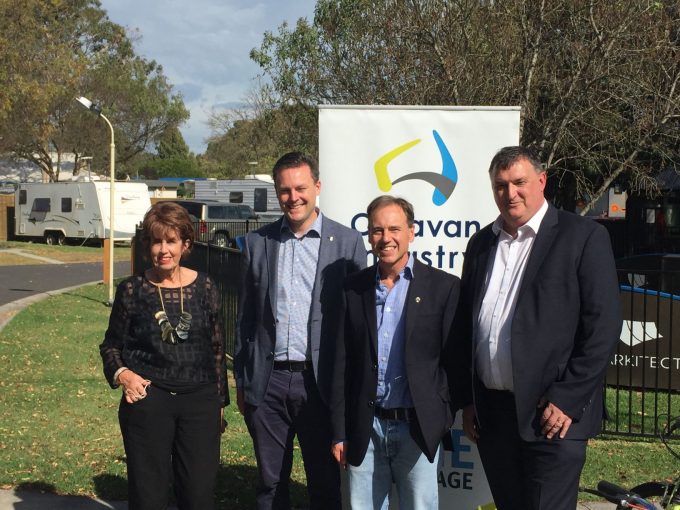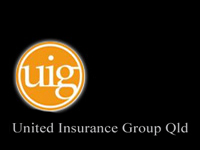
Are you missing out on tens of thousands of dollars?
Meeting with your accountant to consider your tax planning strategies each year is just smart business sense.
Your accountant will review your current structures to ensure they are the most appropriate for you to access all possible tax effective opportunities. Schedule a meeting with your accountant well before 30 June – if nothing else, you will have a very clear understanding of your tax obligations 12 months before they are due and payable to the ATO. Depending on your personal circumstances, your accountant will devise customised solutions to legally minimise your tax obligations.
Legislation changes frequently – make sure you take advantage of government initiatives or threshold changes as they occur. If you are currently on a PAYG instalment with the ATO, a review of your current financial position with your accountant may mean you are able to reduce your current ATO instalments.
Waiting until after 30 June to meet with your accountant doesn’t do you any favours – all your accountant can do post 30 June is record history. By working with your accountant, you can look at ways to improve your cash flow, implement proactive measures to save tax and create wealth – for some management rights operators, this can add up to tens of thousands of dollars. Your accountant will discuss opportunities to legally minimise your tax obligations, such as:
- Debt restructuring;
- Using superannuation smartly;
- Tax deferral – pre-paying expenditure and/or deferring income;
- Maximise superannuation co-contributions; and
- Maximise depreciation deductions
New tax regime
The 2013-2014 financial year sees the introduction of new tax rates, the implementation of more concessional depreciation claims and changes to superannuation.
The federal budget is about to be announced. Typically a federal budget in an election year can prove very interesting – watch this space for a full federal budget summary in the June edition of Resort News.
| Marginal Tax Rates: 2013 – 2014 | |
| Tax Bracket | Tax Payable |
| $0 – $18,200 | 0% |
| $18,201 – $37,000 | 19% > $18,200 |
| $37,001 – $80,000 | $3,572 plus 32.5% > $37,000 |
| $80,001 – $180,000 | $17,547 plus 37% > $80,000 |
| $180,000 & over | $54,657 plus 45% > $180,000 |
| * Add Medicare Levy of 1.5% for income over $19,000 | |
There are no proposed tax rate changes for the 2014 – 2015 financial year
| Marginal Tax Rates: 2015 – 2016 | |
| Tax Bracket | Tax Payable |
| $0 – $19,400 | 0% |
| $19,401 – $37,000 | 19% > $19,400 |
| $37,001 – $80,000 | $3,344 plus 33% > $37,000 |
| $80,001 – $180,000 | $17,534 plus 37% > $80,000 |
| $180,000 & over | $54,534 plus 45% > $180,000 |
| * Add Medicare Levy of 1.5% for income over $19,000 | |
| Entity Tax Rates: 2013 – 2014 | |
| Entity | Tax Rate– top marginal tax rate excluding Medicare |
| Sole Trader | 45% > $180,000 |
| Partnership | Assessed at partner rates – up to 45% |
| Trust | Assessed at beneficiary rates – up to 45% |
| Company | 30% |
| Superannuation Fund | 15% |
| Pension – over 60 years of age | Nil |
Note proposed reforms below.
Understanding superannuation
Superannuation is not the stock market, the share market or what investment type the chap at AMP/MLC/BT/SunSuper elects to invest your funds in. Superannuation is a tax friendly investment structure.
Self managed superannuation funds are managed by the SMSF owner – you. SMSFs can invest in a wide range of investments, some of which are not accessible through larger funds, such as property, cash, stocks, shares, resources, currencies, antiques, artwork, gold, etc.
The total superannuation assets in Australia rose to over $1.5 trillion for the first time – an increase of 14.6% over the 12 months to 31 December 2012. Of the $1.5 trillion – 31.6% was held in SMSFs, 26.4% in retail super funds, 19.5% in industry super funds, 15.7% in public funds, 3.8% in corporate funds and 2.9% in other funds.
It appears from this data that more and more Australians understand the importance of accessing tax friendly investment structures such as SMSFs.
The Australian federal government continues to tinker with reforms in relation to the treatment of superannuation. For the 2012 – 2013 financial year concessional superannuation contributions are capped at $25,000 per individual. The Australian federal government has also announced increases to the superannuation contributions caps for some individuals from 1 July 2013.
| Superannuation Contributions Caps | |||
| Age | Year | ||
| 2012 – 2013 | 2013 – 2014 | 2014 – 2015 | |
| Under 50 years of age | $25,000 | $25,000 | $25,000 |
| 50 years of age and over | $25,000 | $25,000 | $35,000 |
| 60 years of age and over | $25,000 | $35,000 | $35,000 |
The non-concessional superannuation cap remains unchanged.
The Australian federal government has relaxed its position on excess superannuation contributions, whereby any amount of excess contributions from 1 July 2013 may be withdrawn from the fund and taxed at individual marginal tax rates instead of at the excess contributions tax rates.
The first superannuation guarantee increase will take effect from 1 July 2013 – increasing the rate to 9.25%. Additionally, employers will be required to report on employee payslips the amount and expected date of the payment of superannuation contributions. For employers, it is vital that your payroll software programs are updated to reflect this new legislation.
| Entity Tax Rates: 2013 – 2014 | |
| Year | Compulsory Superannuation Rate |
| Current | 9.00% |
| 2013 – 2014 | 9.25% |
| 2014 – 2015 | 9.50% |
| 2015 – 2016 | 10.00% |
| 2016 – 2017 | 10.50% |
| 2017 – 2018 | 11.00% |
| 2018 – 2019 | 11.50% |
| 2019 – 2020 | 12.00% |
Transition to retirement pensions
Once an individual reaches their preservation age – currently 55 – they have the option of commencing a TTR pension from their SMSF. From 1 July 2013, this allows the individual to withdraw between 4% and 10% of their SMSF balance. Any such withdrawals will be taxed concessionally in the individual’s tax return until they reach the age of 60 – at which time, in most circumstances, they enter the nirvana of the Australian taxation system – tax free.
Purchasing management rights through a SMSF
SMSFs are severely limited to the extent they can invest in related businesses; however with the correct structure, opportunities exist for a SMSF to invest indirectly. This is a complex area which requires specialist advice to avoid risk – seek advice from your accountant before you get too far down the track with this strategy.
Proposed reforms
The current Australian federal government has a number of proposed reforms regarding superannuation on the table which are yet to be legislated – more in the upcoming federal budget.
Currently pension income from a superannuation fund is not taxed. The proposed reforms will mean that from 1 July 2014 superannuation fund income over $100,000 per individual per annum will be taxed at 15%.
Special rules will apply for capital gains on assets. Assets acquired prior to 5 April 2013 will be assessed under the old rules until 1 July 2024; assets acquired between 5 April 2013 and 30 June 2014 will have a choice of which rules to apply; and assets acquired after 1 July 2024 may have the full capital gain assessed.
Customised solutions
In an ever increasingly complex tax system, it is vital you have customised solutions and your strategies align with your long term goals – speak with a specialist accountant to maximise your financial success.
You should always consult your professional representatives before taking any action.

AccomNews is not affiliated with any government agency, body or political party. We are an independently owned, family-operated magazine.






